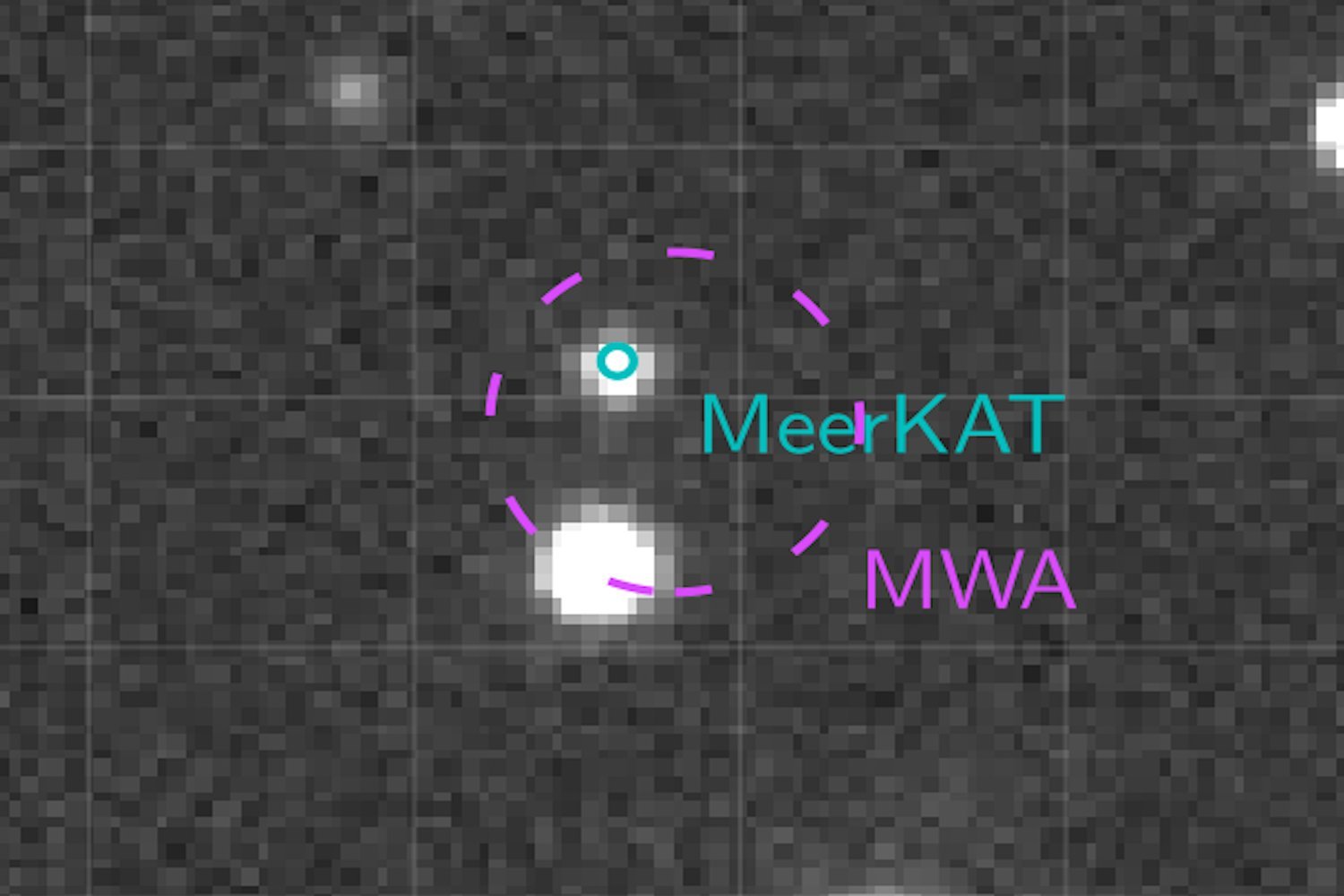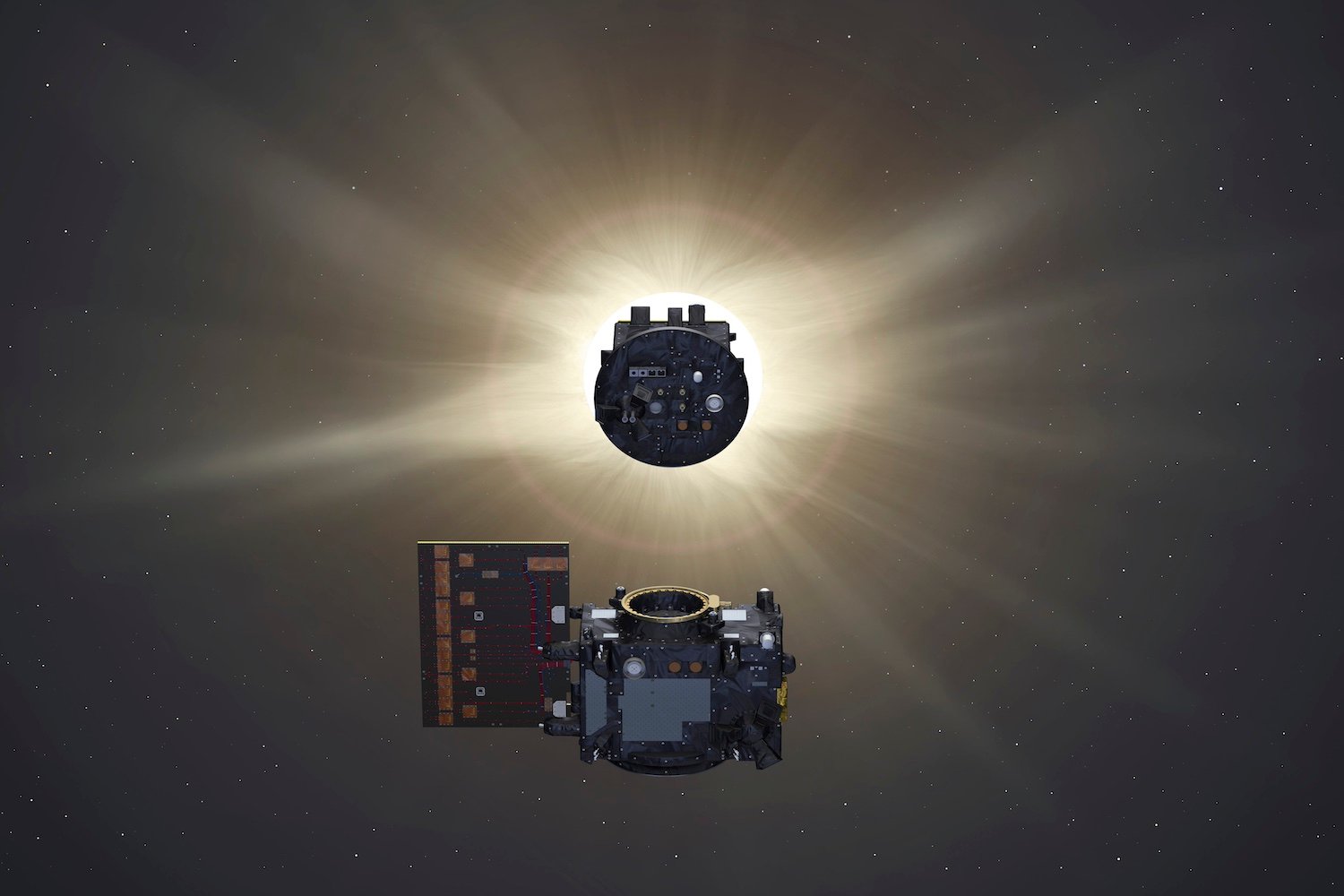A mysterious energy pulse, emanating from the outskirts of the Milky Way every three hours for the past decade, has puzzled astronomers. The signal, lasting approximately one minute, has finally been traced to its source, unveiling a new enigma that researchers now believe they have solved.
The radio signal was initially detected by a team from the Curtin University node of the International Centre for Radio Astronomy Research (ICRAR), while analyzing archival data from the Murchison Widefield Array (MWA) radio telescope in Western Australia. This energy pulse represents the longest-period radio transient ever recorded, surpassing other signals typically lasting between tens and thousands of seconds.
Long-period radio transients are a relatively recent discovery. Celestial bodies with fluctuating magnetic fields, such as the Sun and Jupiter, emit radio waves. Short-duration bursts are known as radio transients, often originating from rapidly spinning neutron stars (the remnants of collapsed stars).
“Understanding long-period transients requires an optical image,” explained Natasha Hurley-Walker, associate professor at ICRAR and lead author of the study published in The Astrophysical Journal Letters. “However, pinpointing the source amidst the dense star fields can be incredibly challenging.”
Fortunately, the newly identified radio transient, GLEAM-X J0704-37, is situated in a less crowded region of the Milky Way, approximately 5,000 light-years away in the Puppis constellation. This location, on the outskirts of the galaxy, provided a clearer line of sight.
Using the MeerKAT telescope in South Africa, the research team precisely located the origin of the radio waves to a single star. Subsequent spectral analysis with the SOAR observatory in Chile identified the star as an M dwarf, commonly referred to as a red dwarf.
This discovery, however, presented a new puzzle. “An M dwarf alone lacks the energy capacity to produce such a powerful signal,” stated Hurley-Walker. M dwarfs are low-mass stars, significantly smaller and dimmer than the Sun, comprising approximately 70% of the Milky Way’s stars.
The data indicated that the M dwarf was part of a binary system, interacting with another star to generate the repeating radio transient. The M dwarf is likely paired with a white dwarf – the core remnant of a star that has exhausted its nuclear fuel. “This binary system powers the radio emission,” Hurley-Walker explained.
While the MWA data revealed 10 years of activity, the radio transient may have been active for a much longer period. The research team plans further observations of GLEAM-X J0704-37 and will continue analyzing data to identify other long-period radio transients, potentially revealing further unusual energy sources within the universe.











